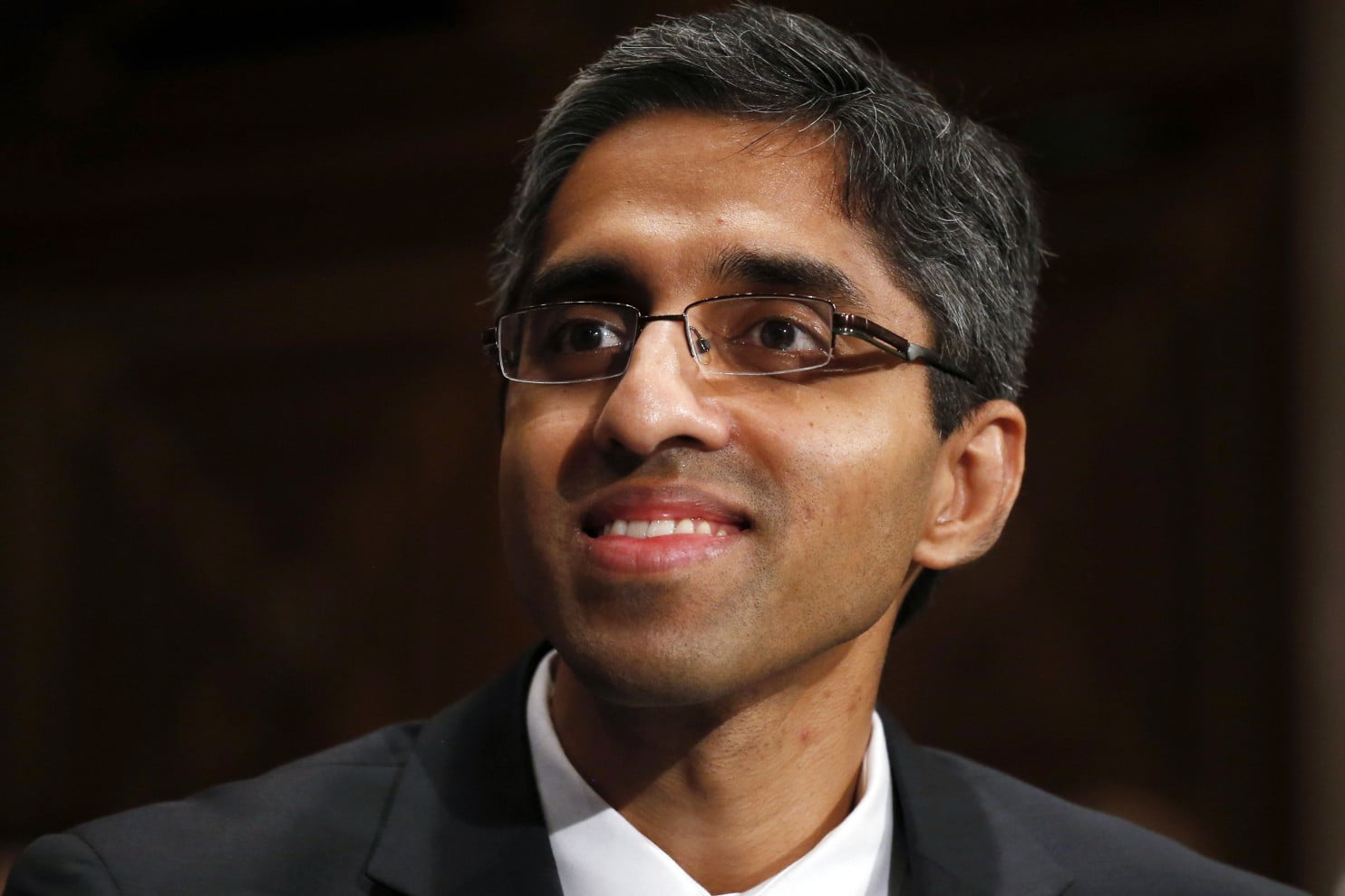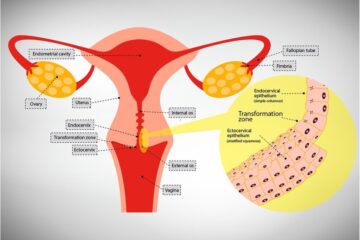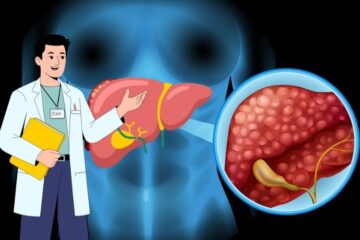
A landmark report released Thursday by U.S. Surgeon General Vivek Murthy places drug and alcohol addiction alongside smoking, AIDS and other public health crises of the past half-century, calling the current epidemic “a moral test for America.”
“The reason I’m issuing this report is I want to call our country to action around what has become a pressing public health issue,” Murthy said in an interview. “I want our country to understand the magnitude of this crisis. I’m not sure everyone does.”
The report, “Facing Addiction,” pulls together the latest information on the health impacts of drug and alcohol misuse, as well as on the issues surrounding treatment and prevention. It offers reasons for optimism despite a still-increasing overdose epidemic that has killed more than 500,000 Americans since 2000, and it presents evidence that addiction is a treatable brain disease, with new therapies under development.
[Post investigation: The DEA slowed enforcement while the opioid epidemic grew out of control]
In 2015, the report notes, substance-abuse disorders affected 20.8 million people in the United States — as many as those with diabetes and 150 percent of the total with cancer. Yet, Murthy said, only one in 10 people receives treatment.
“We would never tolerate a situation where only one in 10 people with cancer or diabetes gets treatment, and yet we do that with substance-abuse disorders,” he said.
In the same year, more than 27 million people said they had used illegal drugs or misused prescription drugs, and more than 66 million reported binge drinking in the previous month.
Since 1964, surgeons general have produced major reports on tobacco use, HIV and AIDS, physical activity, mental health, suicide prevention and other concerns. “Surgeon general’s reports are issued carefully, and they’re done when the country needs to be called to action on an issue,” Murthy said. “We have a crisis of addiction of significant scale.”
A section of the latest report, on the neurobiology of addiction, describes the pleasure and pain functions of parts of the brain that combine to make overcoming a drug habit so difficult. Drugs and alcohol also disrupt an area of the brain that controls impulse, reducing a person’s ability to avoid these substances.
[How drugs intended for legitimate patients ended up in the hands of illegal users]
In an adolescent’s developing brain, alcohol and drugs can do even more damage. A person who begins drinking before the age of 15 has four times the chance of becoming addicted than someone who starts after 21, Murthy said.
Modern treatments are effective, the report states, though relapse rates are comparable to those seen among people with other chronic diseases. It can take a year of abstinence before a person enters remission; for people trying to recover from an alcohol-abuse disorder, it can be four or five years before the chance of relapse drops below 15 percent.
Regardless of persistent beliefs, addiction is a brain disease, not a moral failing, Murthy said. Part of the reason for the report is to change attitudes about addiction and the stigma that users feel, he explained.
“I’m calling for a culture change in how we think about addiction,” he said. “Unless we eradicate the negative [stereotypes] . . . we won’t create an environment where people feel comfortable coming forward and asking for help.”
Regardless of persistent beliefs, addiction is a brain disease, not a moral failing, Murthy said. Part of the reason for the report is to change attitudes about addiction and the stigma that users feel, he explained.
“I’m calling for a culture change in how we think about addiction,” he said. “Unless we eradicate the negative [stereotypes] . . . we won’t create an environment where people feel comfortable coming forward and asking for help.”
[Source:-THE WASHINGTON POST]



